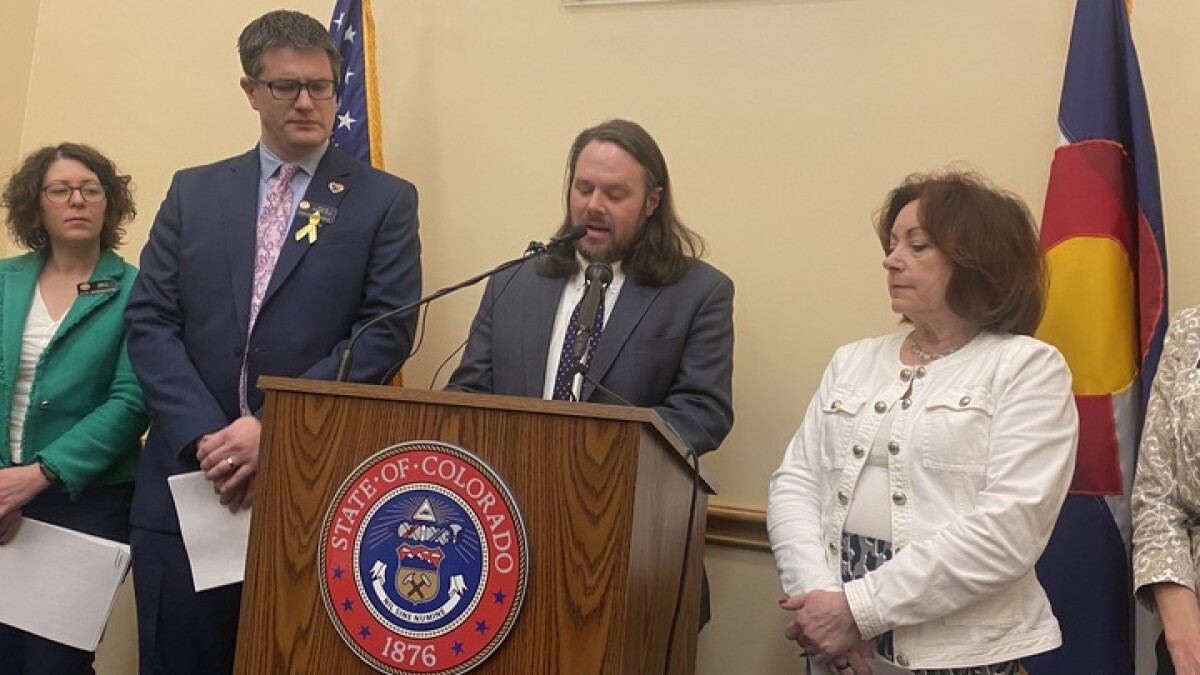Lifeline for Community Health Centers: Lawmakers Propose Radical Insurance Reimbursement Overhaul

By redirecting funds previously allocated to hospital payments, the state aims to bolster its community health centers. These vital healthcare facilities serve as lifelines for the most vulnerable populations, providing essential medical services to those who are economically disadvantaged. The strategic financial shift will enable these community centers to expand their reach, improve infrastructure, and enhance the quality of healthcare for the state's most underserved communities.
This innovative approach not only promises to optimize healthcare spending but also demonstrates a commitment to addressing healthcare disparities. By reinvesting in local health centers, the state is taking a proactive step towards creating a more equitable and accessible healthcare system that prioritizes the needs of its most vulnerable residents.

